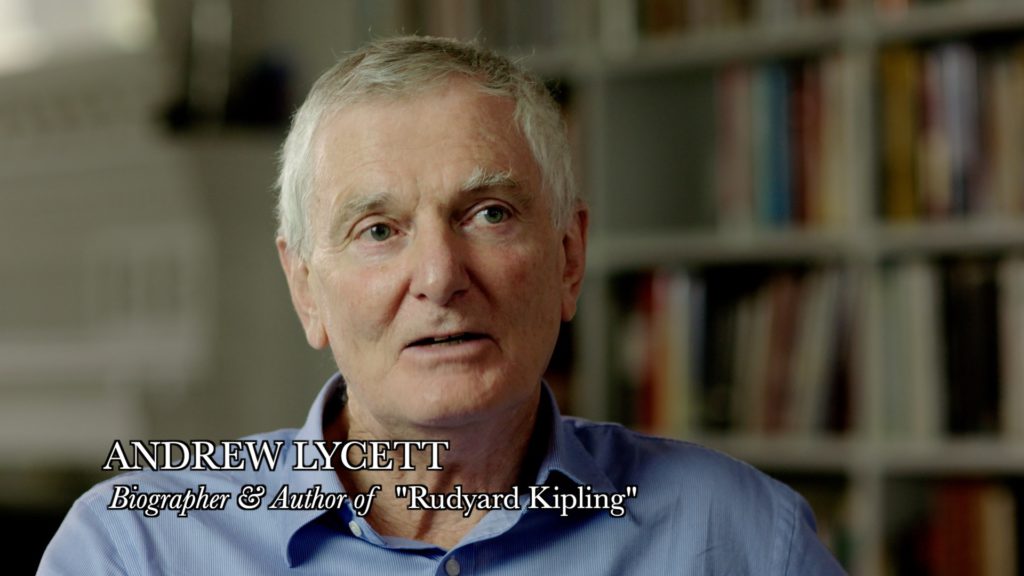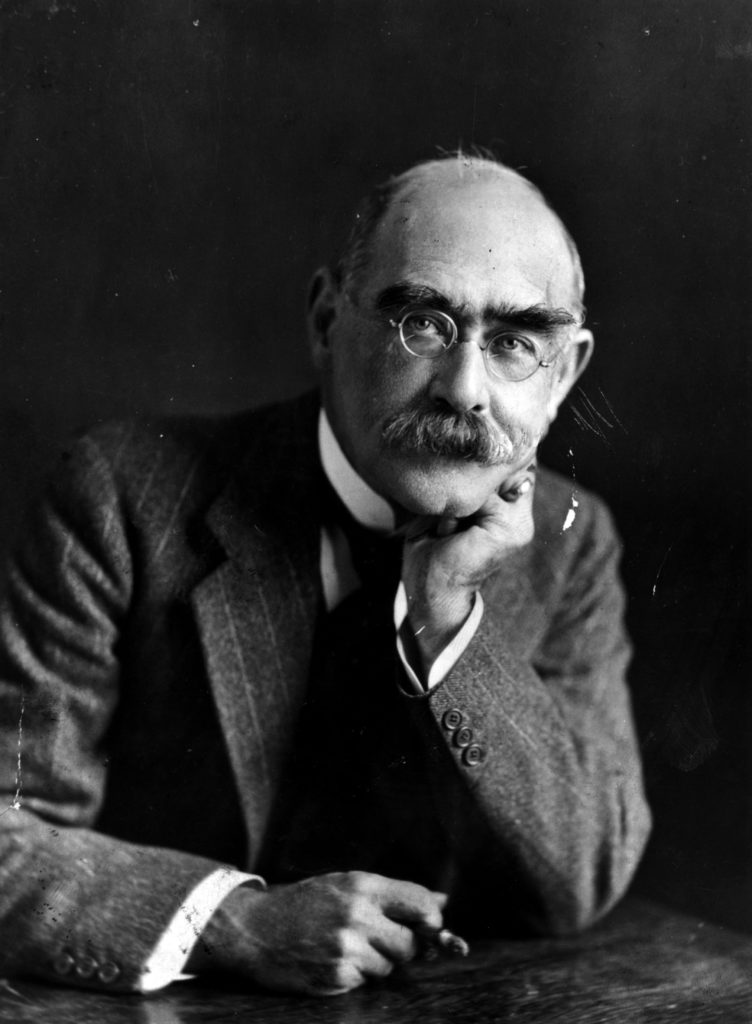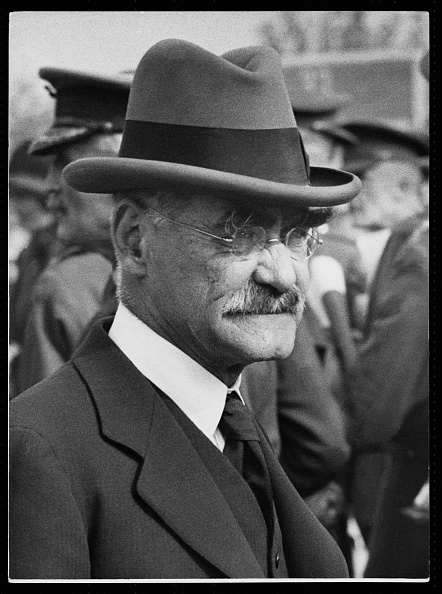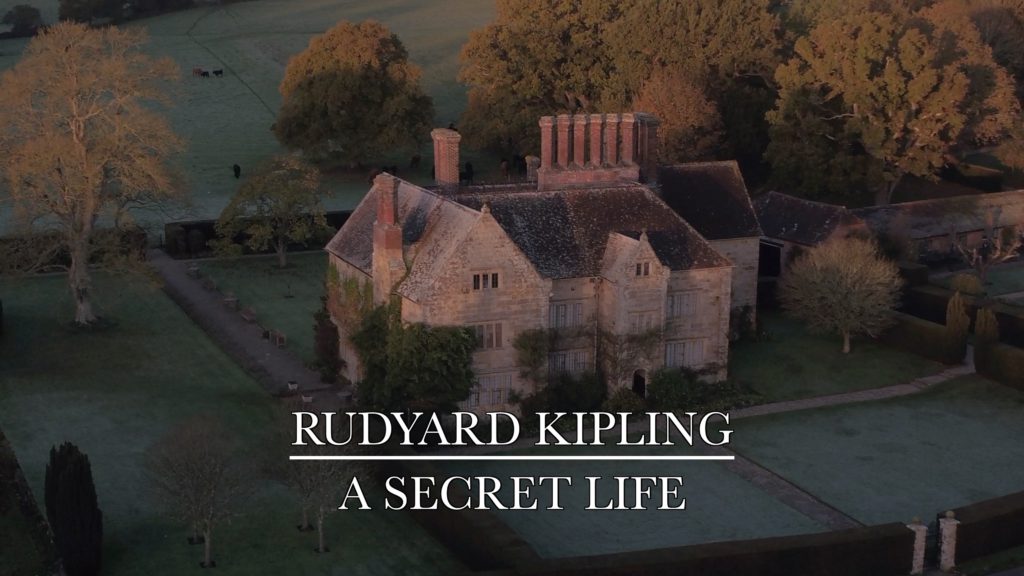A Blog by Andrew Lycett, literary biographer and contributor to new TV documentary Rudyard Kipling: A Secret Life

As a new documentary about our local writer Kipling airs on Sky Arts this October we thought the time was right to revisit the writer’s claim on our beautiful county:
As far as he related to any English county, Rudyard Kipling was a Sussex man. It was only after moving to Bateman’s just outside Burwash in 1902 that, after living primarily in India (where he was born in Bombay in 1865) and the United States (where he went to live in Vermont, having married an American woman Caroline Balestier in 1892), he finally, aged 36, found somewhere he felt he belonged.

Cue for a raft of memorable poems about the county that he came to love, such as ‘Sussex’, with its memorable lines:
Each to his choice, and I rejoice
The lot has fallen to me
In a fair ground – in a fair ground –
Yea, Sussex by the sea!
He wrote about his beloved Sussex in many stories such as ‘They’ and ‘Below the Mill Dam’.
At Bateman’s he treasured the history of the fields and hills around him where he felt the native spirits of the Iron Age and of Rome, giving a vivid sense of place and history that he evoked so well in the ‘Puck of Pook’s Hill’ tales, published in 1906.
But Kipling’s enthusiasm for Sussex had started much earlier – around 1880 when his uncle, the celebrated Pre-Raphaelite artist Edward Burne-Jones, had bought a house in Rottingdean, five miles down the road from The Keep in Falmer.
Burne-Jones’s wife Georgina was one of four formidable Macdonald sisters who all married well – not just her and Kipling’s mother, Alice, but also Louise who became the mother of Stanley Baldwin, later Prime Minister, and Agnes, whose artist husband Sir Edward Poynter became President of the Royal Academy.
Kipling used to visit the Burne-Joneses at Prospect House (later expanded to form North End House) on the Green at Rottingdean before departing for India in 1882. Feeling homesick, he wrote to an Aunt from Lahore in 1883, ‘There are times when I would give all the world to be cavorting over those downs with you again.’

But he really came to love Sussex after finally returning from the United States in 1897. By then Rottingdean was almost a family domain. Not only did the Burne-Joneses live there, with their daughter, Kipling’s favourite cousin Margaret, but Kipling’s cousin Stanley Baldwin had married Cissy Risdale, from a large family who lived at The Dene across the Green from North End House.
After a couple of false starts, it was natural for Kipling to gravitate to Rottingdean and live there himself. This was eventually The Elms on the North Side of the Green, where he and his family lived for three years. He was in Rottingdean to stand vigil when his uncle ‘Ned’ Burne-Jones died in 1898. There he wrote one of his best known poems ‘Recessional’, a down-beat celebration of Queen Victoria’s diamond jubilee in 1897. Initially he was not happy with his composition and supposedly threw it in his waste-paper basket from where it was retrieved by Sally Norton, an American family friend who was staying, and he was encouraged to send it to The Times for publication. That same year his son John was born there and later went to school at St Aubyns in the village.
Eventually Kipling tired of tourists peering over the wall of his house at him and his family. So in one of his magnificent cars, he drove around the local area and found Bateman’s, thirty miles away, which was to prove such a joy for him.

Rudyard Kipling: A Secret Life made by Odyssey Television airs on Sky Arts, 9th October